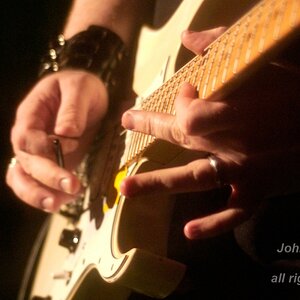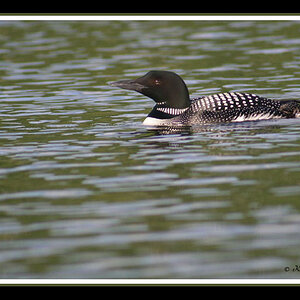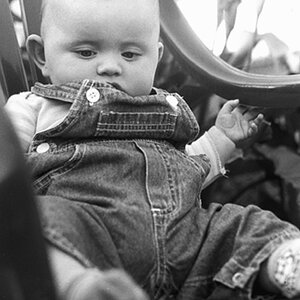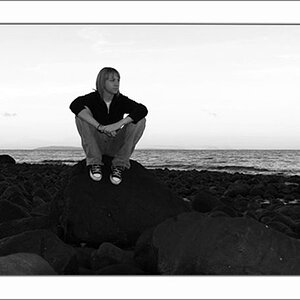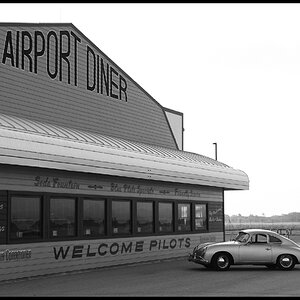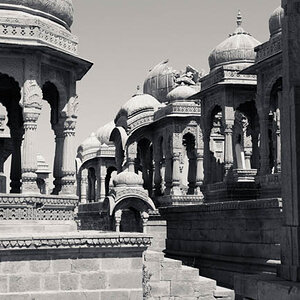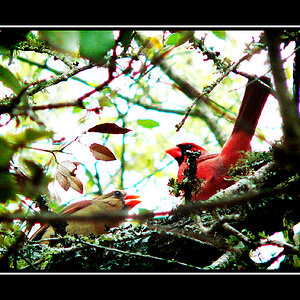- Joined
- Nov 19, 2010
- Messages
- 2,507
- Reaction score
- 440
- Location
- San Jose, CA
- Can others edit my Photos
- Photos OK to edit
In about 2 weeks, I will be filming my Grandfather, a WWII veteran, talking about his experiences in the war. This is being planned out as a legitimate production, and we will be recording from 3 different angles on DSLRS (2 Nikon D7000s, a Canon T4i, and as a backup a Canon T3i). I have never done any significant video work with a DSLR before, what should I know? Due to the space we are shooting in, we will be using 35mm / 28mm primes. I am aware of the 4gb cap on video recording, and we need to have a continuous recording of our subject talking. Can anyone offer any insight as to how we can deal with that?


